Who is the pilot in command of your aircraft?
Air Facts
FEBRUARY 10, 2025
Consider the following accident report, a representative one picked mostly at random, which recounts how the pilot of an A36 Bonanza got behind the airplane, lost situational awareness, and ultimately crashed on an RNAV approach. These categories apply whether youre flying a Cub on a summer evening or a business jet on an RNAV approach.

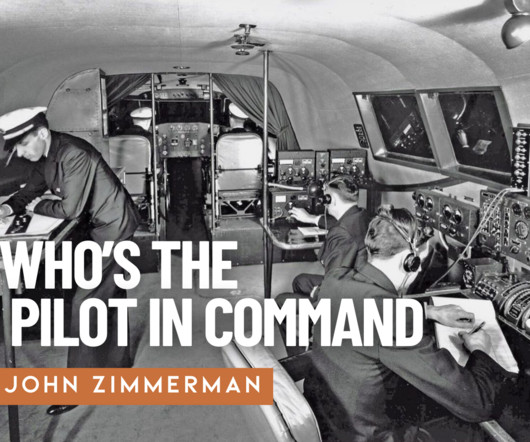
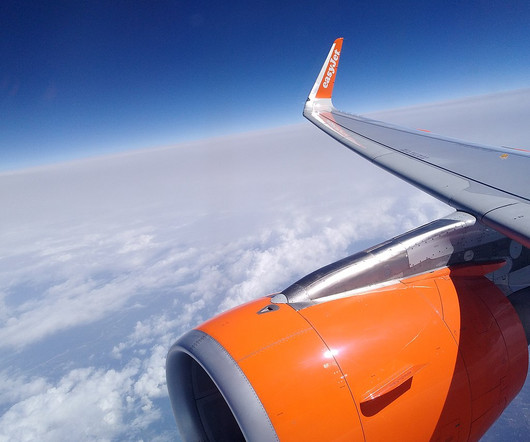

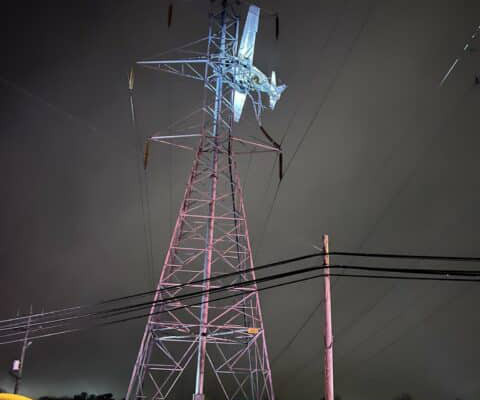

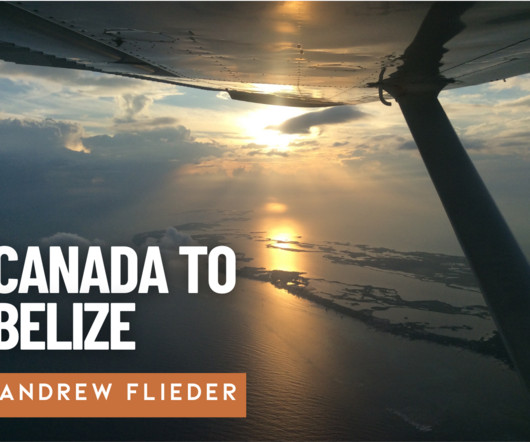



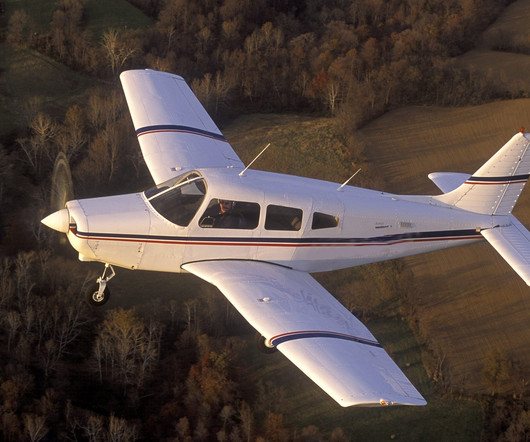
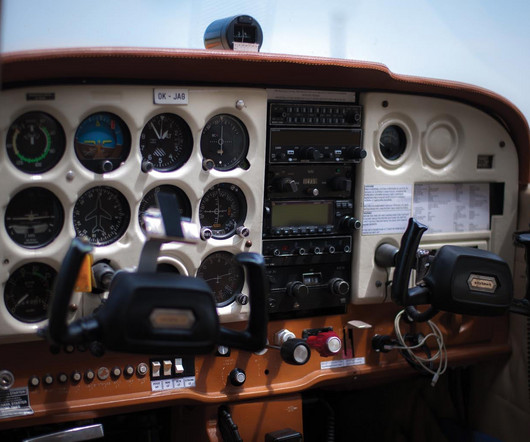
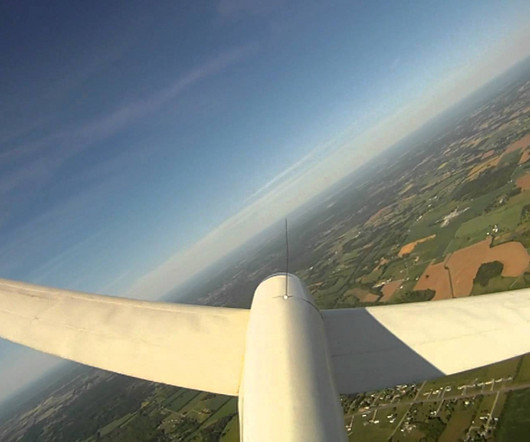
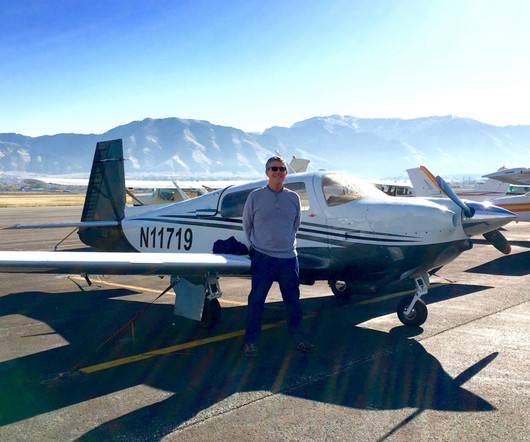
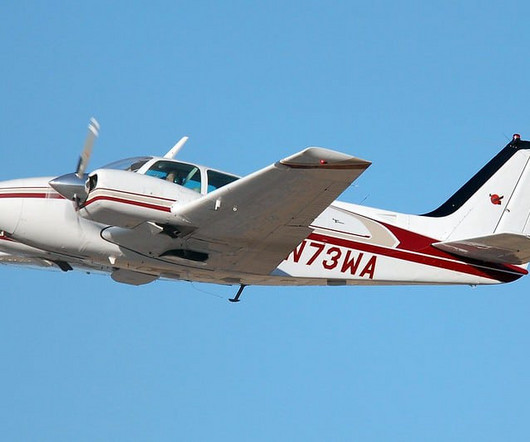







Let's personalize your content